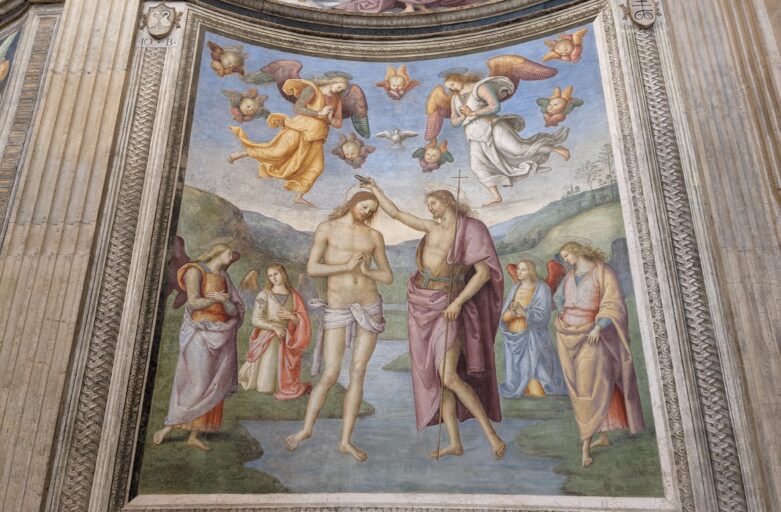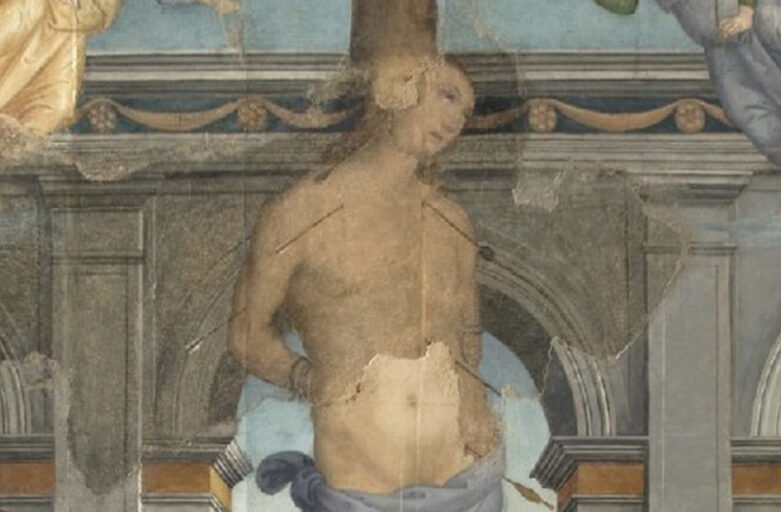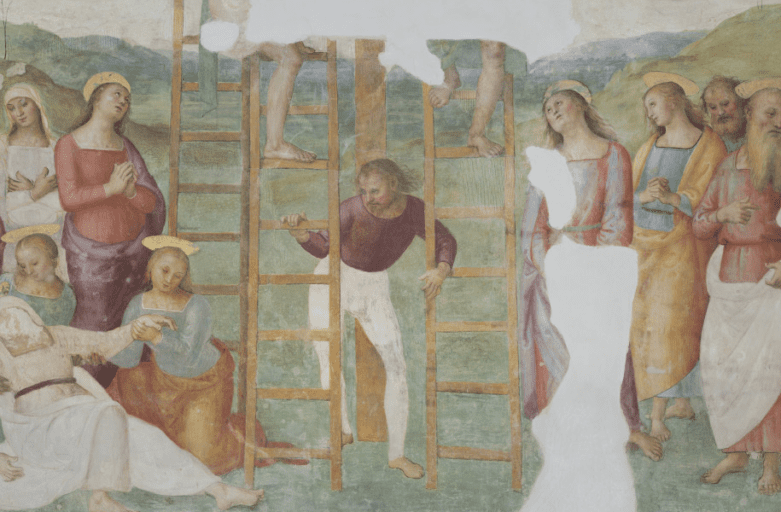Deruta ceramics are handicrafts that represent the Umbrian cultural and artistic tradition throughout the world.
A tradition with Medieval origins
During the late Middle Ages, the art of ceramics was widespread throughout Italy, but the production of ceramics in Deruta is attested from the end of the 13th century with the discovery of the first artefacts. The ancient potters of Deruta produced everyday objects, for example plates and crockery, as well as vases and jugs. In the first half of the 14th century, ceramic production in Deruta was threatened by the city of Perugia, which sought to attract the best potters to the city. To protect the ceramists' guilds, legal procurators were therefore appointed and from that moment on, the distinction between vases picti and non picti was born to identify the objects made by the ceramic masters and those made by the “broccari”, those who produced unpainted artefacts.
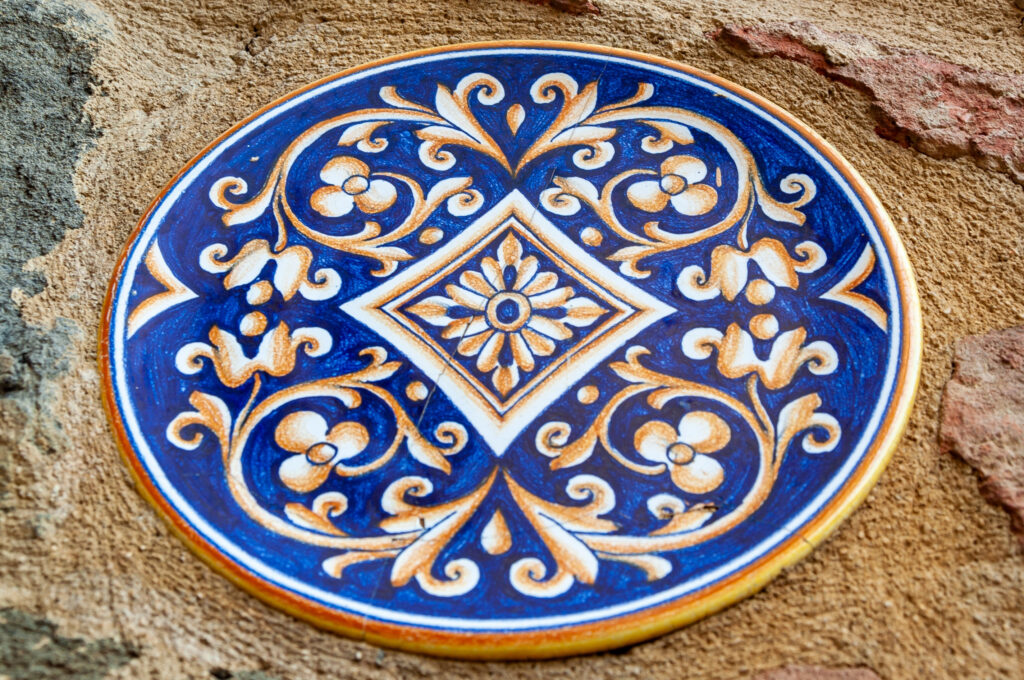
The flourishing Renaissance period
During the Renaissance, ceramic production in Deruta experienced great development thanks to the patronage of local lords and the rediscovery of classical art. Decorative motifs inspired by nature, mythological tales, local traditions and female busts characterise most Renaissance ceramics. The most commonly used colours in early production are green and blue, later orange, red and the more characteristic yellow based on lead and antimony were added.
The lustre technique and majolica
From the end of the 15th century, ceramists began to use a new technique to give a golden hue to majolica instead of bright yellow: lustre. The technique involves the use of a mixture of chemical elements, including silver, silver nitrate, copper oxide and other oxides diluted in clay and vinegar. This mixture, applied within the white glazed spaces of the decorations, had to follow a special firing process so that the oxides in the mixture could create the golden effect on the ceramic without the use of gold.
Grotesques, Raphaelesque and the calligrapher of the 1600s
Starting in the 1600s, the reduction in the quality of the designs and the sophisticated use of lustre for majolica gave way to grotesques. The term “grotesque” derives from grotte and refers to the pictorial decorations of the Domus Aurea (Nero's palace in Rome) where Raphael admired these motifs depicting stylised dragons and other monochrome anthropomorphic figures. Raphael and the other great painters of the time took up these figures to embellish their own frescoes and from that time onwards the term “Raphaelesque” spread, referring to decorations similar to grotesques, but much more colourful. The two decorative motifs were repeated on a large scale by all Italian ceramic workshops until the 18th century.
Later than the grotesques and Raphaelesque, the calligraphic style spread, reproducing decorations in monochrome shades of blue or green, in imitation of Dutch Delft ceramics.
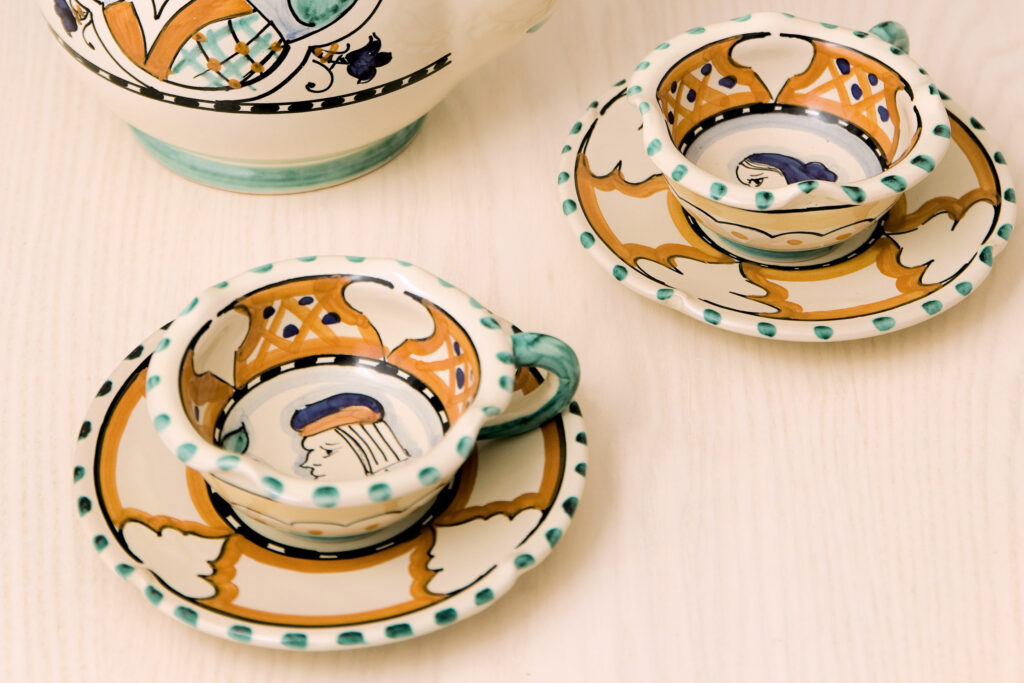
True artworks to collect
The production of ceramics in Deruta still continues to be one of the main craft activities in the area and is testimony to Umbrian history and culture. In the Deruta Ceramics Museum, it is possible to admire around 6,000 works and gather information on the history of ceramic art. Many pieces are true artworks, appreciated by collectors all over the world.
Scopri le testimonianze del Perugino oggi
Percorsi e itinerari alla scoperta delle opere del divin pittore
